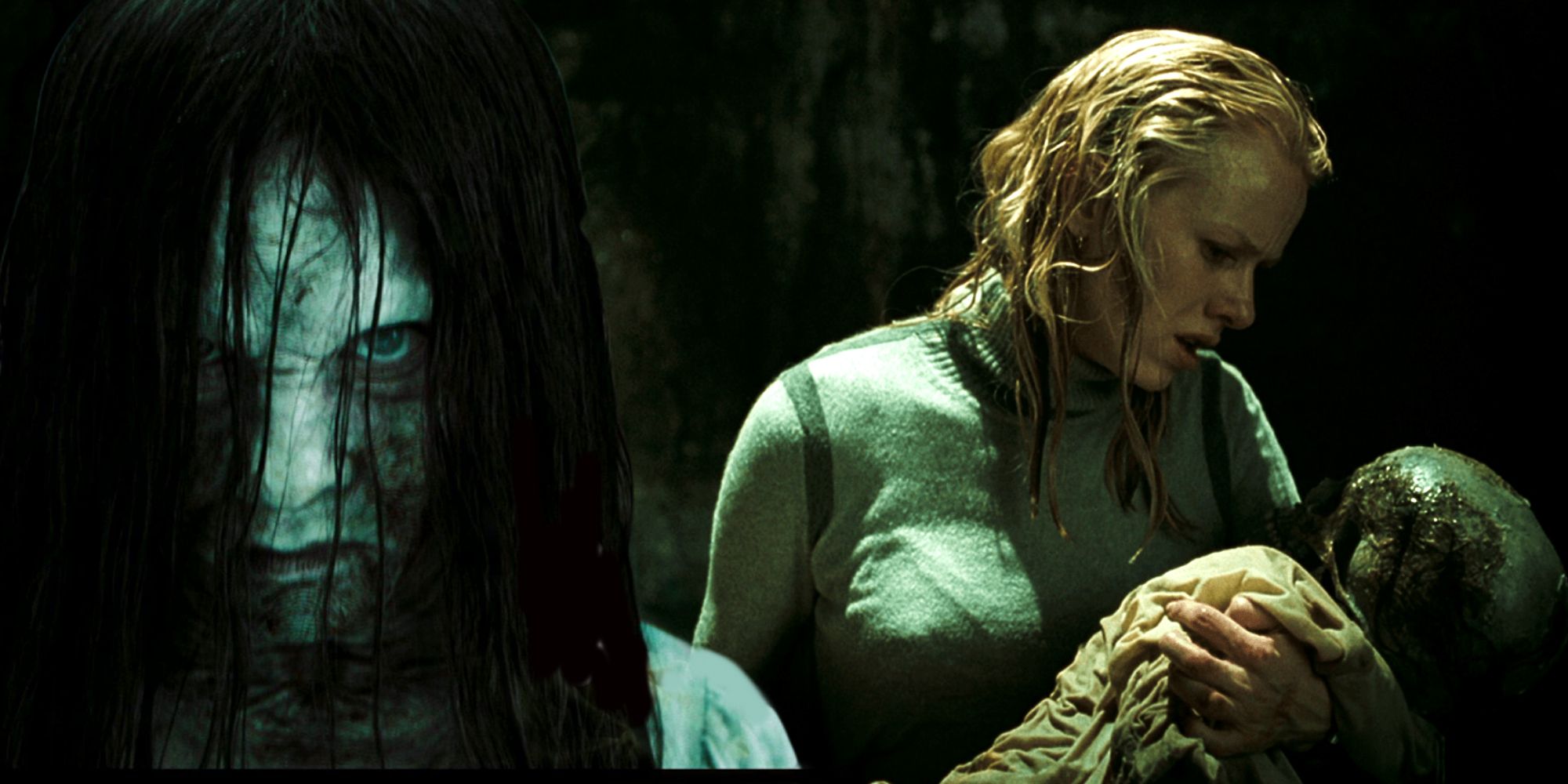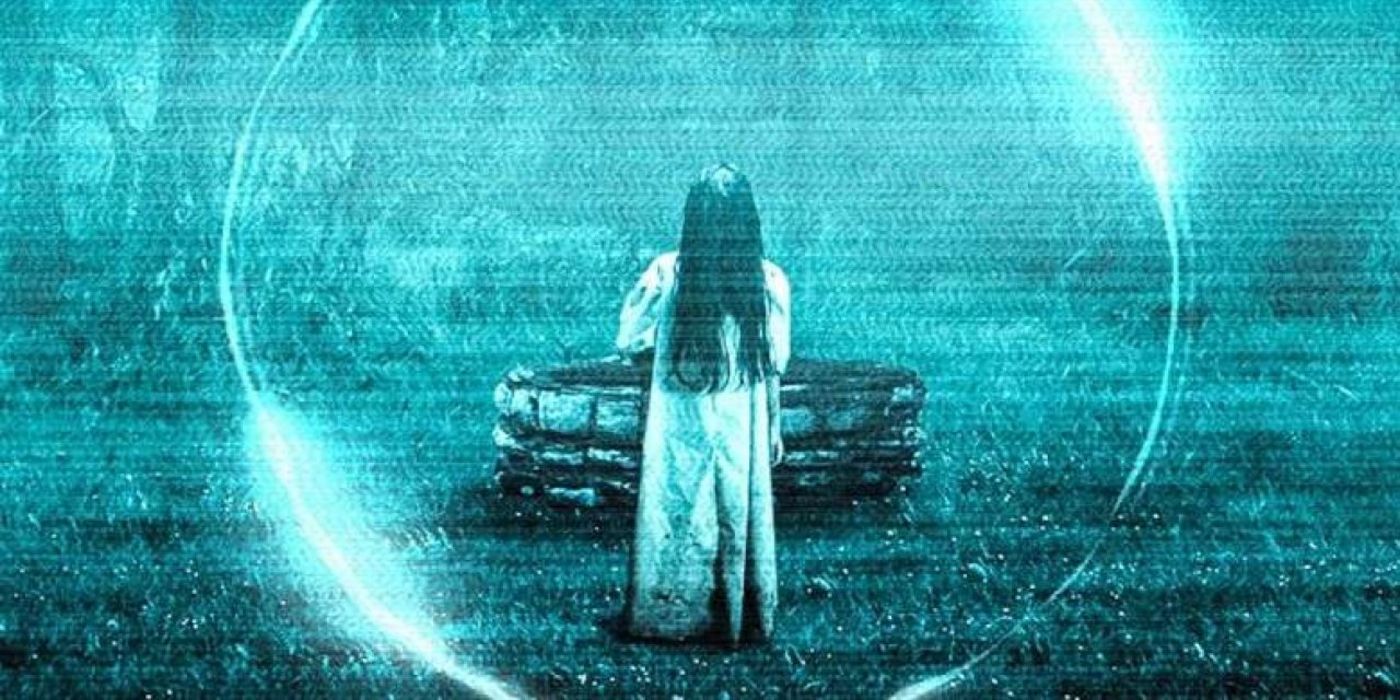Here’s why the ending of 2002’s The Ring is bleaker than we remember. Based on Koji Suzuki’s novel and Hideo Nakata’s Japanese adaptation of the same name, Gore Verbinski’s The Ring sent shockwaves through Western cinema due to its nihilistic tone and terrifying imagery. However, the ending of The Ring is the film’s most horrifying offering, cementing the mythos surrounding the vengeful spirit Samara in visceral ways.
After retrieving Samara’s corpse from the well and arranging a proper burial, Rachel (Naomi Watts) tells her son Aidan that the curse has been lifted, as she has “saved” Samara. However, a distressed Aidan tells Rachel that “Samara never sleeps”, meaning that she will be continuing her murder spree to quench her thirst for vengeance. After Rachel’s ex-partner, Noah, is murdered by Samara in an especially chilling sequence, Rachel realizes that the reason why she was spared was due to the fact that she had made a copy of the tape, which was watched by Aidan, hence continuing the cycle of hate-fueled murders. The Ring ends with Rachel assisting Aidan in making a copy of the tape so that his life is spared, but when he asks what will happen to the next person who watches it, Rachel does not answer.
This moment is petrifying for audiences, as they are led to believe until that point that the curse has been successfully lifted and that the cycle of death and doom has been finally severed. However, the ending completely subverts this momentary feeling of safety, as Rachel comes to the realization that she has to ensure that the tape is replicated and viewed by others in order to save herself from certain death. This seems like a curse in itself, as the next person who stumbles upon the tape is doomed to either be killed or ensure that the curse survives, which would inevitably birth an endless chain of terror, affecting lives in one way or another. Nothing is truly ever over within the accursed setting of The Ring, as the tape is not just a curse multiplied ad infinitum, but a virus, a weapon of horror for Samara, who wishes to drown the world in a morbid wasteland.
The metaphor of the tape being akin to a virus has been explored in great depth in Koji Suzuki’s novels, in which the tape manifests a mutated version of smallpox into the physical body of the viewer. This is deemed possible as Samara is a nensha, a being with psychokinetic powers to burn images, feelings, or memories into objects with her mind. The novel also states that the tape manifests a tumor in the viewer’s heart, which kills them on the seventh day. In Suzuki’s sequel novel, Spiral, the virus mutates further, infecting people through written accounts and other audio-visual means. When applied to 2002’s The Ring, the ending points to the fact that death is inescapable and always around the corner, whether one is ready for it or not. While life can be prolonged by replicating the tape and passing on the curse, it is only a matter of time before guilt and remorse traps them over time, making death a preferred alternative over selfishly passing on the legacy of a vengeful spirit.
Moreover, the act of passing on the curse to save oneself is exactly what Samara wants, as the resentment and rage she felt for seven days before her death transformed her into a Yūrei, a spirit who could never experience a peaceful afterlife. Hence, continuing the chain of murderous mayhem would ultimately grant more power to Samara’s spirit, magnifying her abilities to imprint her rage onto the physical world. The ending of The Ring also posits this question: Is it better to accept one’s fate and surrender to death rather than passing on a curse that will cause irreparable damage to others? Is being alive at the cost of a thousand other deaths and nightmares worth it, as death is an inevitable part of human life? These questions still hold a terrifying weight 20 years later, as death seems like a merciful release compared to the abject dread of the beyond.


